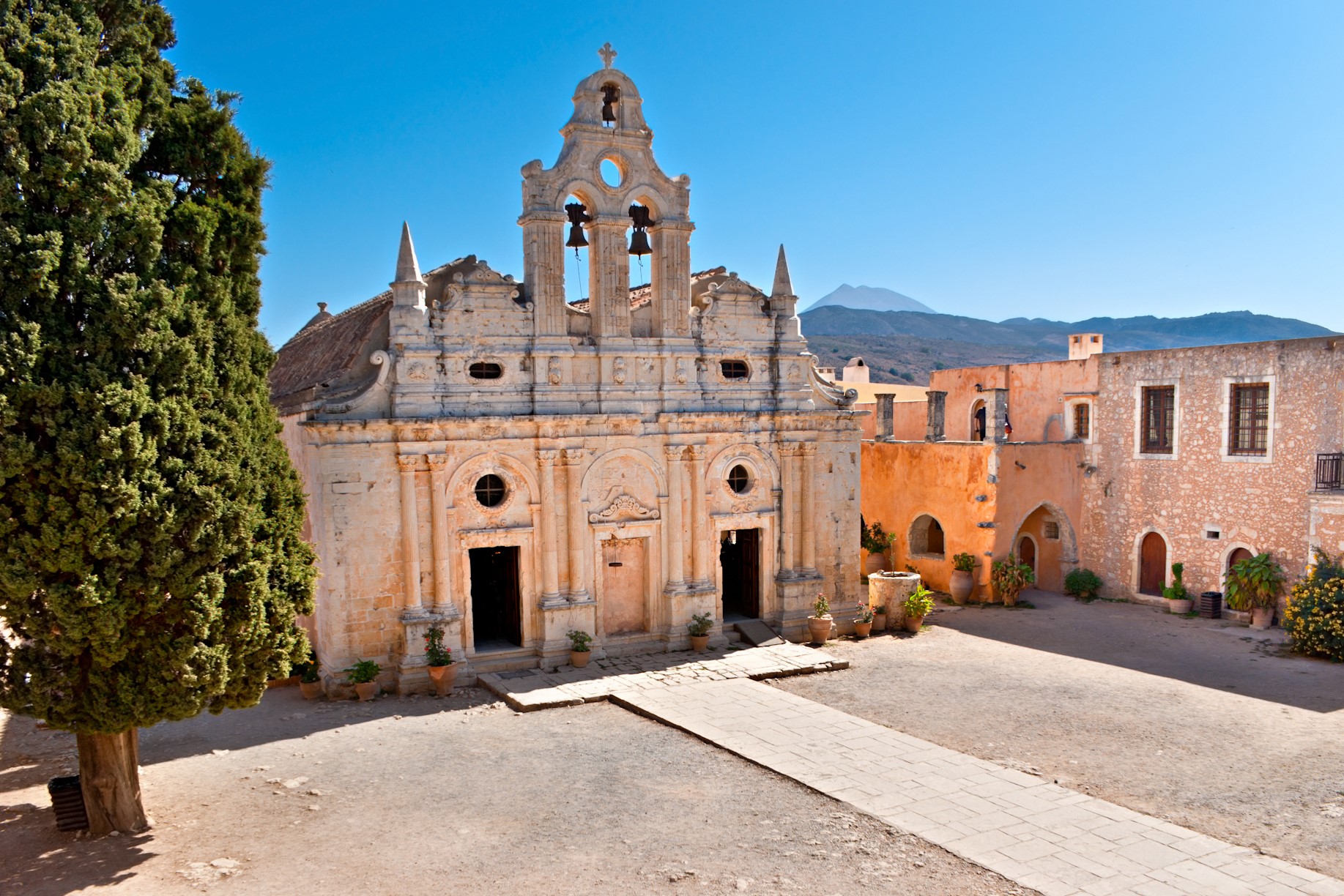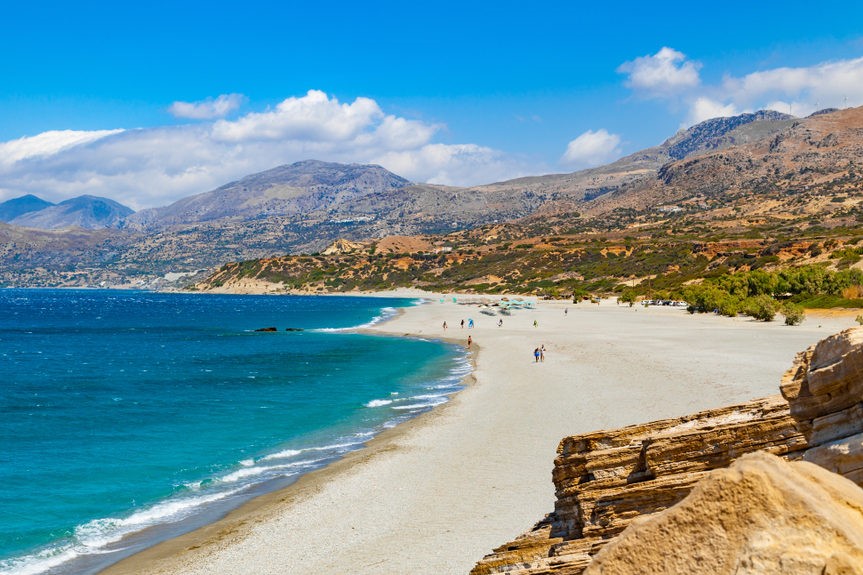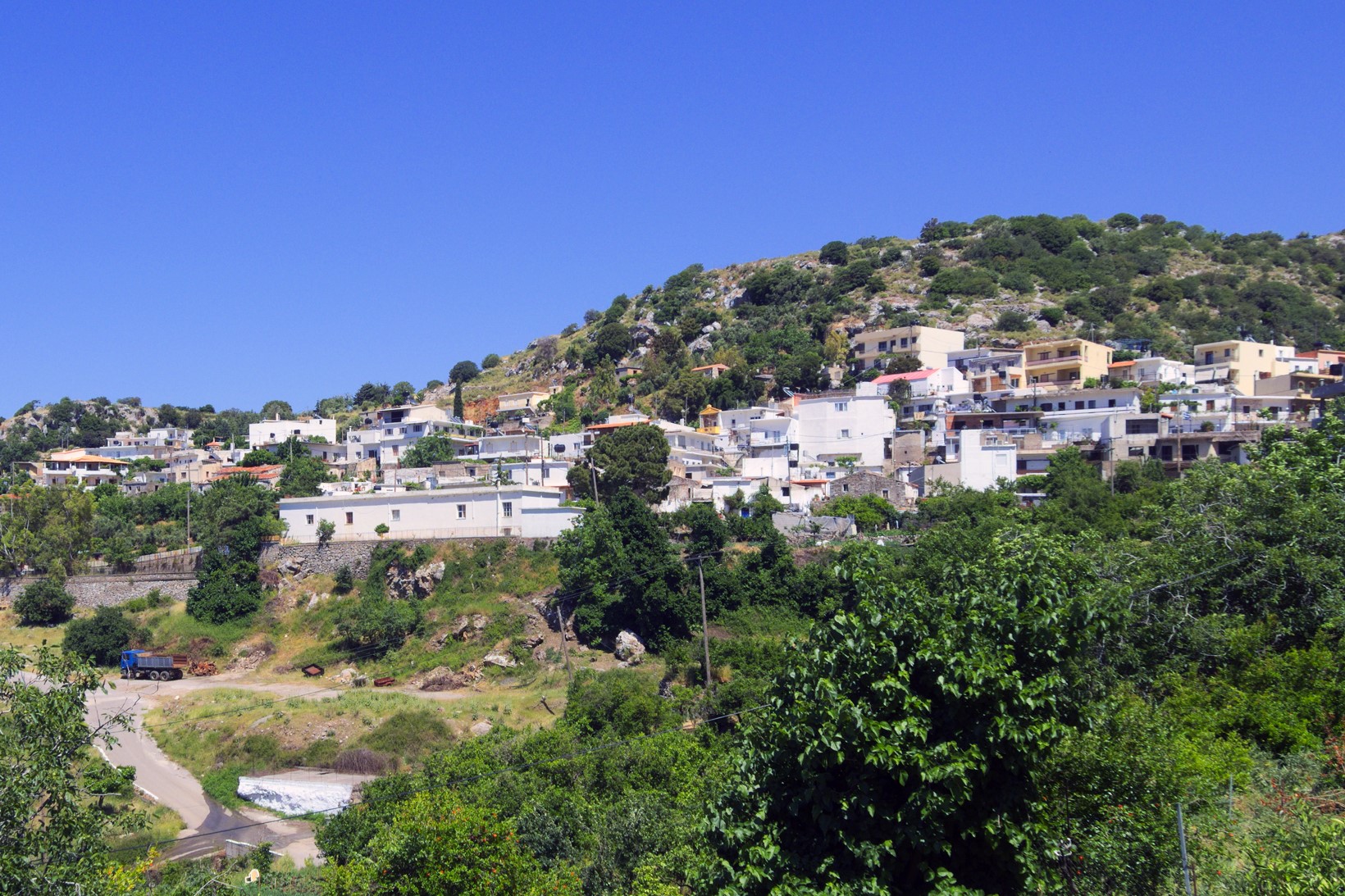
Ancient Eleftherna Museum
July 11, 2022
Arkadi Monastery
July 11, 2022Melidoni Cave
Like most sacred caves of Crete, Melidoni has a history imbued in legend and tragedy. Archeological finds like vessels and fireplaces suggest that the cave was used during the Minoan period for lodging. The cave played an important rule during the Roman era as a place of worship for Taleos Hermes, a local cult that connected Talos with Hermes. In Greek literature, Talos is described as either a gift from Hephaestus to Minos, a gift from Zeus to Europa, or most likely, the son of Kres, the personification of Crete. Either way, his role was to protect the island against enemies circling it three times every day and throwing boulders at approaching rival vessels.
In the more recent history of the cave, it was used by rebels and villagers as a refuge during the Turkish occupation. Unfortunately, in October 1823, the Ottomans took over the village and the locals retreated inside the cave. Some 370 men, women, and children, as well as 30 rebels, managed to survive in the cave for more than three months until the Ottoman fury finally led to their demise. Historian George Kremos writes in his book Chronology of Greek History 1453-1830 that Hussein Veis besieged using cannons and bombs and raided the cave over three months.
The remains of the dead are held at the heart of the Room of the Heroes in a sarcophagus adorned with laurels and Greek flags.
Besides its fascinating history, the cave impresses through its massive first hall and spectacular stalactites and stalagmites. The cave is well-preserved and accessible, although only the main hall can be visited by the public, while the rest are reserved for professional spelunkers, researchers, and archeologists.
Distance 11.4 km 17 min by car




